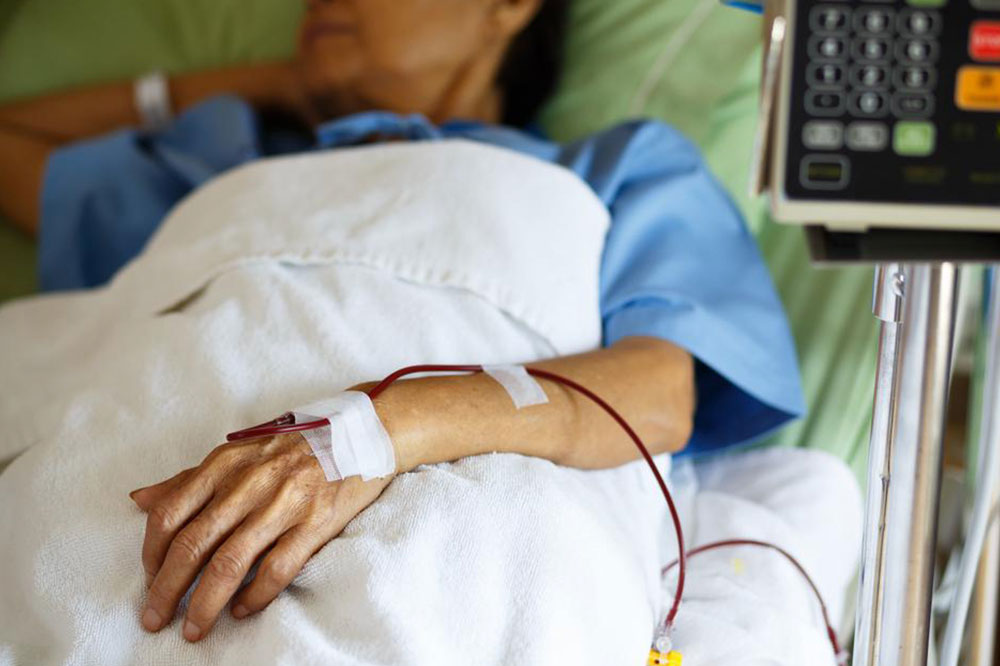
4 Different Types of Anemia
The red blood cells (RBCs) in the body are the transport system that carries the oxygen to the tissues in the body. When one has anemia, the body does not make enough RBCs, or the RBCs do not work as well as they should be working. So, one ends up feeling tired, weak and suffering from shortness of breath. This is how anemia manifests and it comes in many forms. Here are the common and different types of anemia.
Iron deficiency anemia
This is the most common type of anemia that generally happens due to chronic blood loss due to menstruation. When the demand for iron in the body increases, in cases such as adolescence, children undergoing rapid growth spurts, and fetal growth in pregnancy, then that could also cause iron-deficiency anemia. The most common symptoms of chronic anemia include a fast heartbeat, shortness of breath, weakness, and tiredness. The tongue could also become inflamed, shiny, and smooth – a condition called glossitis. Treating this type of anemia depends on the severity and the cause of the condition. Treatments could include surgery, medicines, supplements, and dietary changes.
Aplastic anemia
Aplastic anemia is a blood disorder wherein the bone marrow in the body does not make enough new blood cells. This could end in numerous health problems including bleeding, infections, heart failure, an enlarged heart, arrhythmias, and more. Aplastic anemia is a serious condition that could develop slowly or suddenly but tends to worsen over a period of time unless the reason is discovered and treated. Apart from the above, aplastic anemia could be caused by a number of factors, including autoimmune disorders like lupus, infectious diseases like HIV and Epstein-Barr virus, medicines, chemo and radiation, and toxins like benzene, arsenic, and pesticides. Some of the common signs of aplastic anemia include coldness in feet and hands, headache, dizziness, shortness of breath, fatigue, chest pains, and pale nail beds, gums, and skin.
Hemolytic anemia
Hemolytic anemia is when red blood cells are destroyed and thrown out from the bloodstream before their regular lifespan is up. There are numerous factors, conditions, and diseases that cause the body to destroy the red blood cells. Hemolytic anemia could end up leading to numerous health issues like enlarged heart failure, arrhythmias, pain, and fatigue. The common sign of any main type of anemia is fatigue. Other signs of hemolytic anemia include severe reaction to blood transfusion, leg pain and ulcers, upper abdomen pain, and jaundice.
Thalassemia
Thalassemia is a type of anemia that is an inherited blood disorder causing the body to make fewer numbers of healthy red blood cells (RBCs) and lesser hemoglobin. The two major kinds of Thalassemia are alpha and beta Thalassemia, in which the former is the most severe. Thalassemias affect both males and females and are found to occur most in people of African, Asian, Middle-Eastern, Greek, and Italian descent. Thalassemias are inherited disorders, and individuals who end up getting abnormal hemoglobin genes from either parent but regular, normal genes from the other parent become carriers. Thalassemias occur due to insufficient oxygen in the bloodstream. Because of lesser numbers of healthy RBCs and lesser hemoglobin. Signs and symptoms include bone problems, enlarged heart, liver, spleen, jaundice, delayed puberty, slowed growth, dark urine, poor appetite, and a pale appearance.


